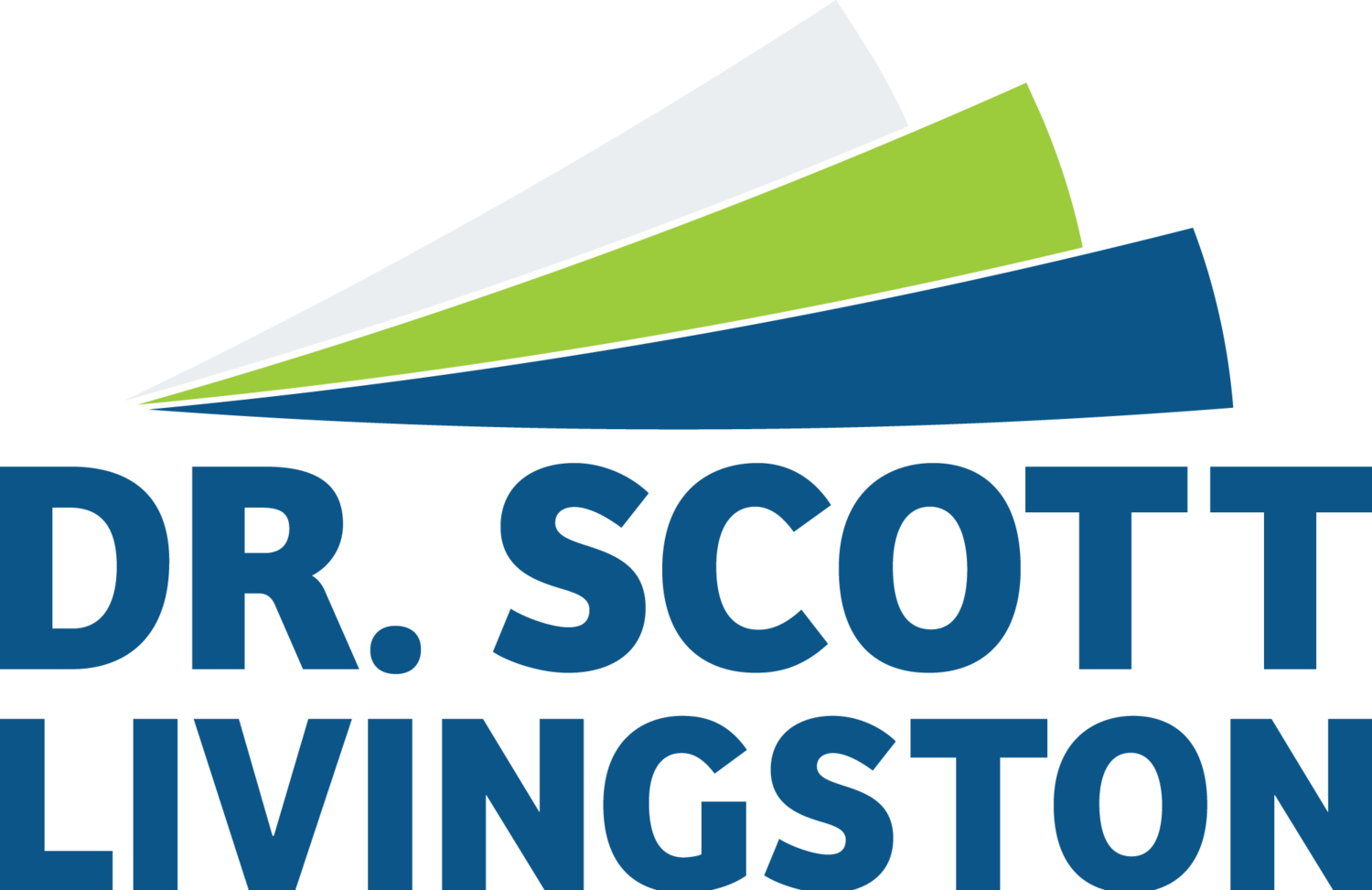In a recent coaching session, a client shared a powerful realization with me: "I've been so focused on driving results that I've completely neglected my own emotional bandwidth. It's affecting not just me, but my entire team."
This conversation echoes a challenge I frequently encounter in my coaching practice: leaders struggling to balance high performance with emotional well-being. This balance isn't just nice to have—it's essential for sustainable leadership success.
Understanding the Emotional Intelligence-Wellbeing Link
Research consistently demonstrates that leaders with high emotional intelligence (EI) tend to experience greater well-being and achieve better outcomes. A fascinating study I often reference examined the correlation between emotional expression and longevity in a controlled environment. The study revealed that positive emotional states weren't just beneficial for mental health—they were actually predictive of physical longevity and overall life satisfaction.
But here's the crucial question: How are you, as a leader, actively cultivating your emotional well-being through the lens of emotional intelligence?
The Four Pillars of Leadership Well-Being
Through my years of work in leadership coaching, I've identified four critical EI components that form the foundation of leadership well-being:
Self-Awareness and Self-Regard Your ability to recognize and honor your emotional state directly impacts your leadership effectiveness. Are you regularly checking in with yourself? Do your actions align with your core values?
Growth Mindset and Self-Actualization High-performing leaders consistently invest in their development. This isn't just about professional skills—it's about emotional growth and adaptability. How are you challenging yourself to expand your emotional capabilities?
Relationship Intelligence The quality of your relationships profoundly affects your well-being. Strong leaders build authentic connections that energize rather than drain them. Are your professional relationships reciprocal and nurturing?
Emotional Resilience and Optimism This isn't about toxic positivity—it's about developing the emotional agility to navigate challenges while maintaining perspective. How do you process and bounce back from setbacks?
The Integration Challenge
Here's what makes this fascinating: these components don't operate in isolation. They form an interconnected web that either strengthens or weakens your overall leadership effectiveness. The key is finding the right balance.
Consider this: A leader with strong self-regard but underdeveloped relationship intelligence might come across as arrogant rather than confident. Conversely, someone who excels at relationships but lacks self-awareness might struggle with boundary-setting and burnout.
Practical Application: The Well-Being Audit
Take a moment to assess your current state across these dimensions:
Emotional Awareness Check
How often do you pause to acknowledge your emotional state?
Are you making decisions aligned with your values?
Growth Trajectory
What emotional skills are you currently developing?
How are you challenging your leadership comfort zone?
Relationship Quality
Do your professional relationships energize or drain you?
Are you cultivating meaningful connections beyond transactional interactions?
Resilience Reality
How do you typically respond to unexpected challenges?
What practices help you maintain perspective during difficult times?
Moving Forward: Your Well-Being Action Plan
Remember, well-being isn't passive—it's an active choice we make moment by moment. As the National Wellness Institute emphasizes, it's "an active process through which people become aware of, and make choices toward, a more successful existence."
The question isn't whether you should focus on your well-being—it's how you'll integrate it into your leadership practice. What specific changes will you implement to enhance your emotional intelligence and well-being today?
Your leadership journey is unique, but one thing remains constant: your effectiveness as a leader is inextricably linked to your emotional well-being. By actively developing your emotional intelligence across these four dimensions, you're not just investing in your own well-being—you're enhancing your capacity to lead effectively and inspire others.
















